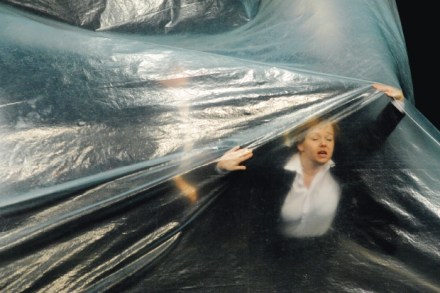How Technicolor came to dominate cinema
They’ve already found a cure for the common cold. It’s called Technicolor. My first dose of it came during the Christmas holidays when I was about 12. There I was, ailing and miserable, when The Adventures of Robin Hood (1938) came on the television at the end of my bed. Nothing had prepared me for this. A Sherwood Forest that was aflame with green. Clothes that shimmered purple and blue. Olivia de Havilland’s oh-so-cherry lips. Under two hours later I cast off the duvet and leapt from the fug. The sickness had gone. I now know that this medicine, Three-strip Technicolor, was a revolutionary process, the first to properly mix



















